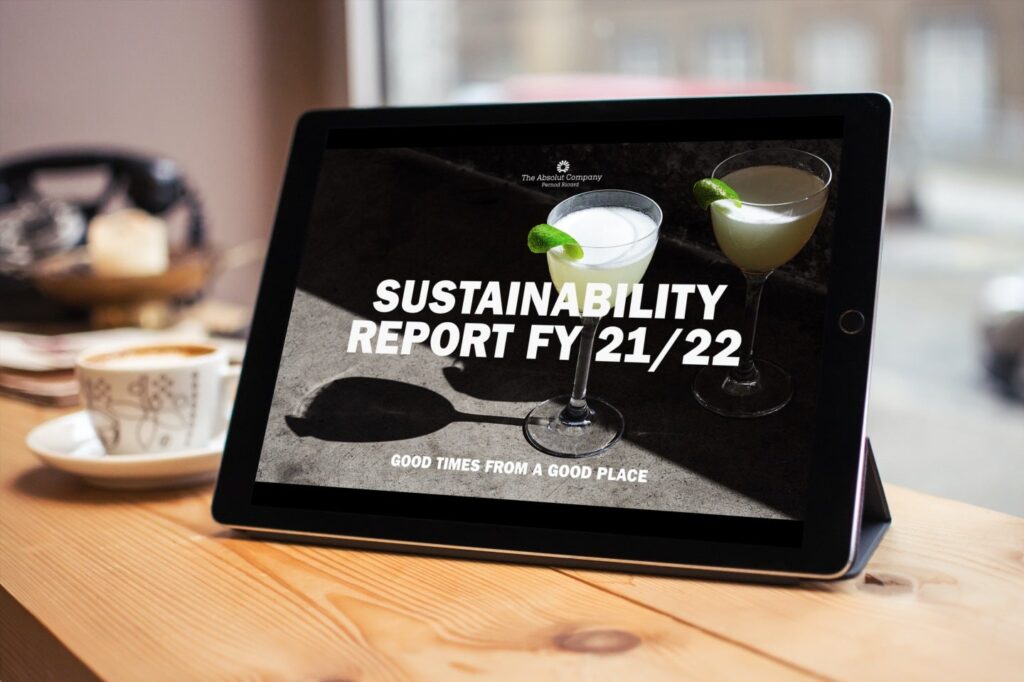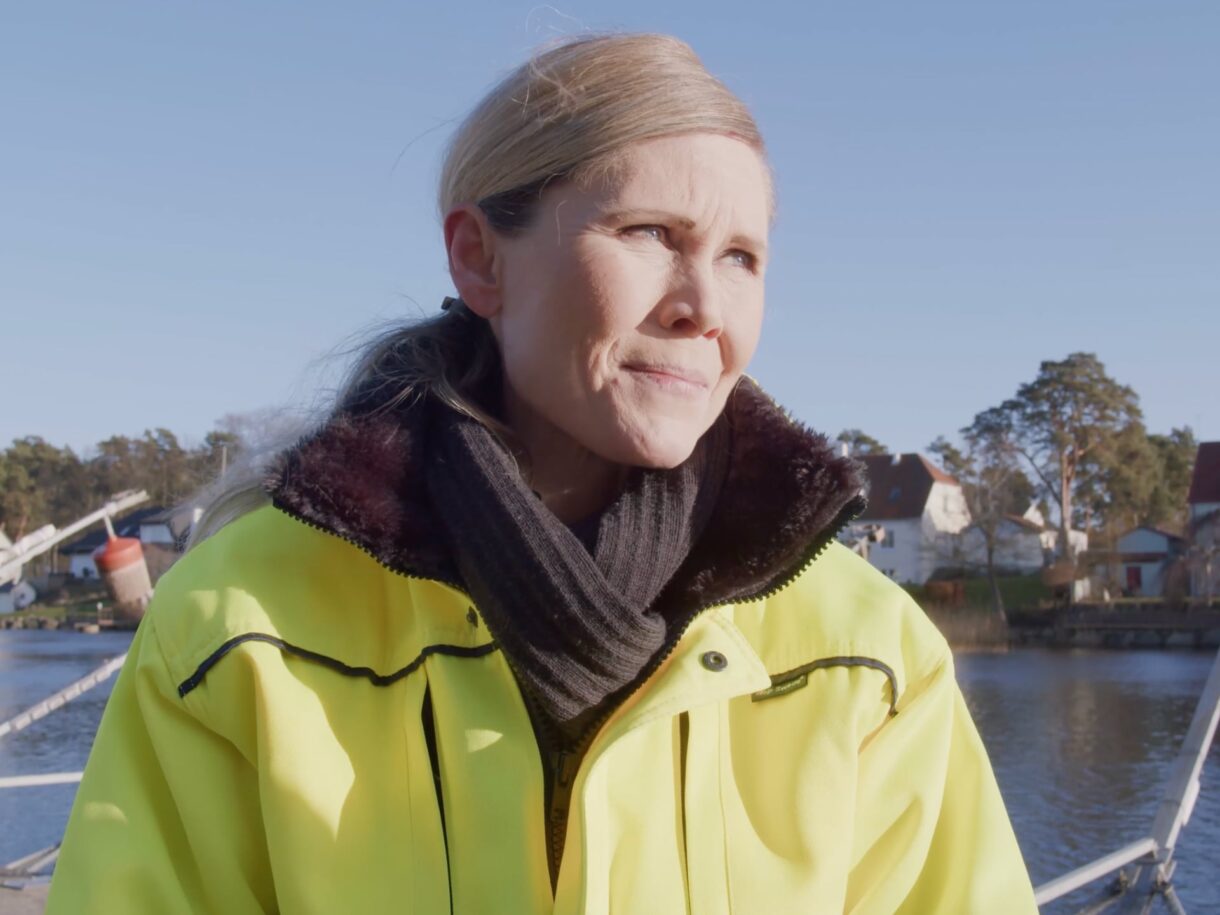
Optimising distribution: Making every inch count
Our ambition is to be as proactive as possible by customising cargo containers for each order to avoid overloading and generating excess manual work at the local warehouses. It is an ambition that we have been driving for more than 12 years and it is making a significant impact.
Absolut Vodka is produced in one of the most energy-efficient distilleries in the world, yet 99 per cent of our product is exported globally. Using ships to distribute our product is a very carbon- efficient method, but we fill the containers as much as possible to reduce the footprint even further.
We consider three factors when it comes to improving our transportation: weight, volume, and regional rules and regulations. This year (FY22), we’ve loaded around 7,500 containers for distribution by ship and 3,000 trucks. Our containers are 40 feet or 20 feet long, and the requirements differ between them. The maximum cargo weight controls how much we can fill a 40-feet container – and we need to consider both weight and volume in a 20- feet container.
We strive to be progressive and make changes for the better. We are constantly looking to improve the way we run things to be more climate-friendly and set a good standard for the industry.
Harri Tossavainen, Warehouse and Distribution Manager
Based on our proprietary market research with customers and optimising the shipments, we can make suggestions on the quantities of each order. As a result, we now utilise 88 per cent of the space in the containers we send, compared to less than 80 per cent before we started this project in 2010. The optimisation is carried out by our forklift drivers at the warehouse in Åhus.
They can modify the cargo load by adding or removing layers of cases from the pallets with a clamp truck. For example, a driver can stack an extra layer of cases on each pallet when loading a 40- feet, and as a result can load 28 cases instead of 22, while still meeting the required weight. And when it comes to 20-feet containers, we typically load 21 to 24 pallets. We can rearrange the height so that every other pallet is nine cases tall and still within limits for weight and volume.

Download the report
This, and more, is from the Sustainability Report for fiscal year 21/22. It’s available on this site, as well as in PDF form if you prefer (27 MB).


